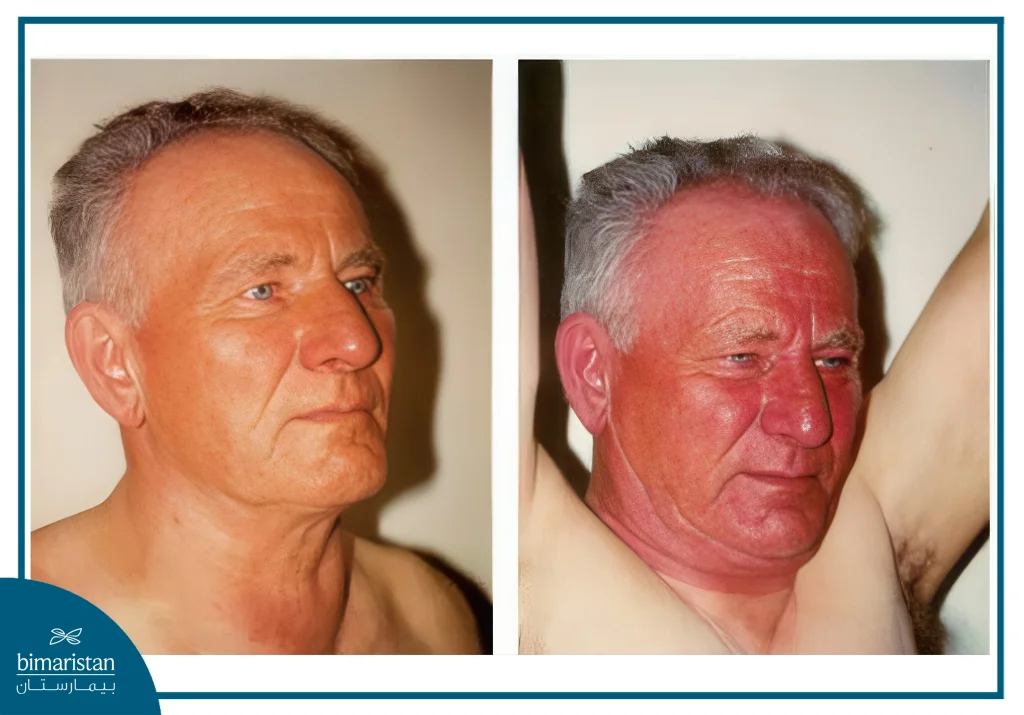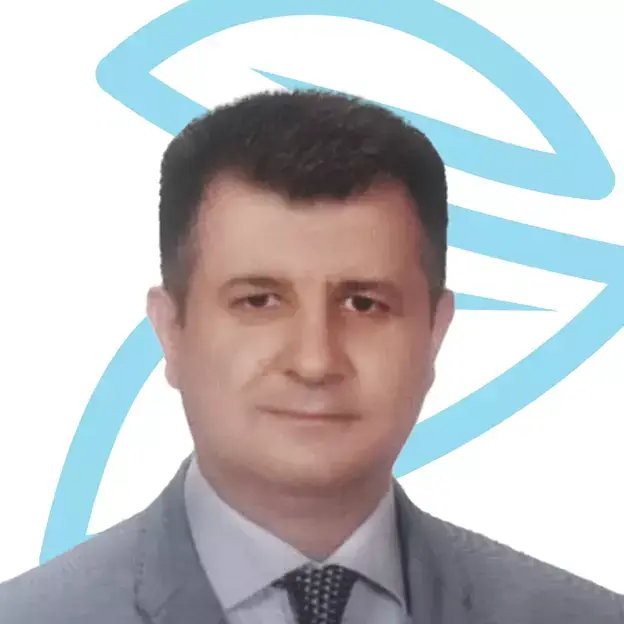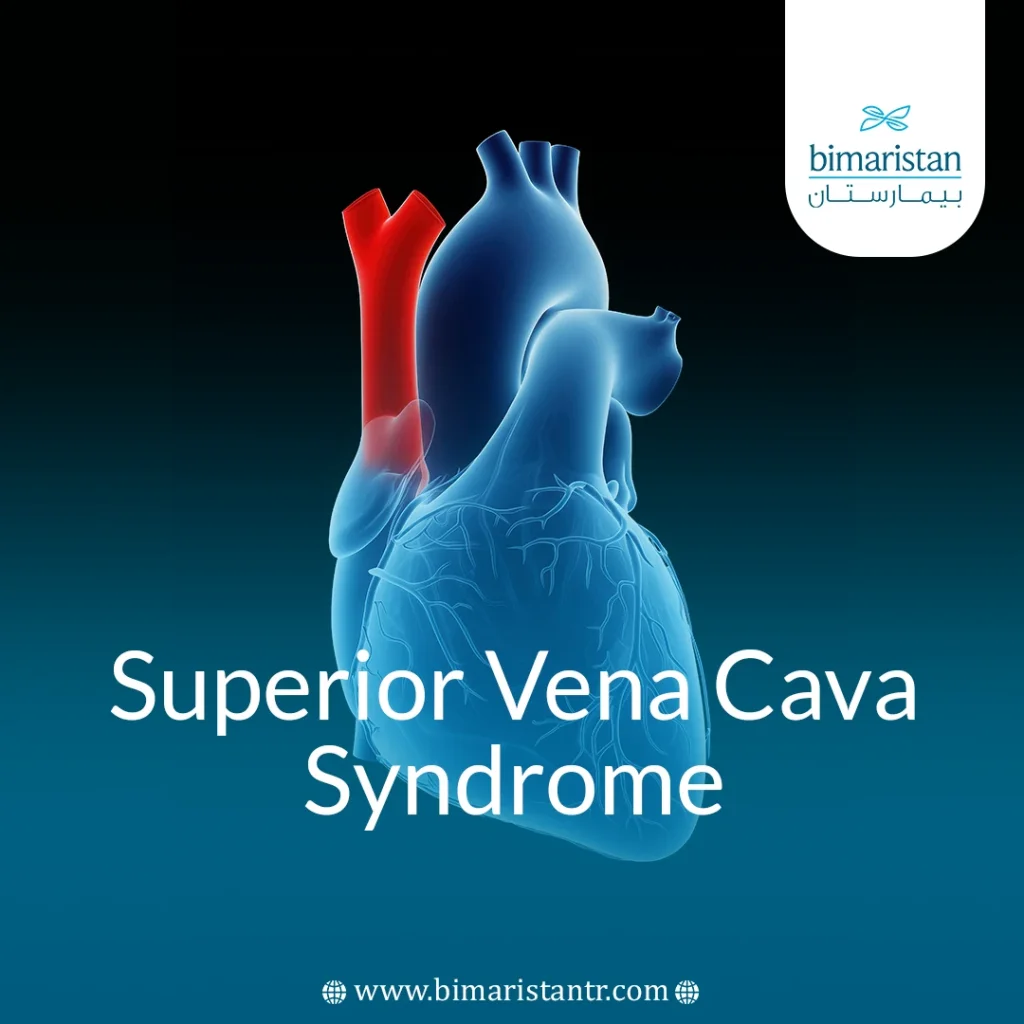The superior vena cava is a large blood vessel that carries deoxygenated venous blood from the head, neck, and upper body to the right atrium of the heart. Superior vena cava syndrome occurs when this vein is compressed or blocked, leading to blood accumulation in the upper tissues and congestive symptoms. Superior vena cava syndrome is an important medical sign, especially if it arises from malignant causes, and early diagnosis and treatment are essential to avoid complications that threaten breathing or affect cerebral perfusion.
What is the superior vena cava?
The superior vena cava is a large blood vessel that carries deoxygenated venous blood from the head, neck, and upper body to the right atrium of the heart. It is located in the right front of the chest in the upper mediastinum and is formed by the confluence of the two brachiocephalic veins. Its primary function is to return deoxygenated blood from the upper half of the body to the heart and then to the lungs for oxygenation.
What is superior vena cava syndrome?
Superior vena cava syndrome occurs as a result of partial or complete blockage of this vein, which leads to obstruction of blood flow and thus its collection in the upper tissues, this blockage is often caused by external pressure from tumors in the chest area or blood clots inside the vein or due to venous catheters, this blockage raises the pressure in the surrounding blood vessels and causes symptoms such as swelling of the face and neck and shortness of breath.
The difference between acute and chronic conditions
This is the speed and severity of symptoms. In chronic cases, the obstruction develops slowly and symptoms appear gradually, while in acute cases, they occur rapidly, which can lead to severe complications, including acute respiratory distress or cerebral edema.
Causes of superior vena cava syndrome
Blockage or compression of the superior vena cava leads to disrupted blood flow and symptoms in the upper body:
- Chest tumors (the most common cause is lung cancer)
- Mediastinal lymphoma
- Lung cancer
- Intravenous blood clots
- Complications of central venous catheters or pacemakers
- Rare infections or diseases (such as Behcet’s disease or mediastinal fibrosis)
Symptoms of superior vena cava syndrome
The symptoms of superior vena cava syndrome appear as a result of the accumulation of blood and high venous pressure in the upper tissues, which causes a set of important clinical signs that reflect the severity of the blockage, and some symptoms of superior vena cava syndrome are similar to chronic obstructive pulmonary disease (COPD) and other diseases, which requires accurate diagnosis to ensure the correct outcome, among the most important of these symptoms:
- Swollen face and neck
- Swollen arms or hands
- Shortness of breath, especially when bending over
- Congested neck and chest veins
- Headache, dizziness, and difficulty concentrating
- Cyanosis or redness of the skin on the upper body

How is superior vena cava syndrome diagnosed?
The diagnosis of superior vena cava syndrome is done through a series of steps, starting with a clinical examination and extending to the use of advanced imaging techniques to ensure that the cause and location of the blockage are identified. The most important of these tests are:
Clinical examination
The doctor will notice signs of swelling in the face, neck, and upper extremities as well as congestion of the veins in the neck and chest, as these signs reflect high pressure in the superior vena cava.
Imaging tests
- Chest X-ray: It is used to detect the presence of a mass or tumor in the mediastinum area that may compress the vein and cause this blockage.
- Computerized tomography (CT): It is the most important test to determine the exact location and severity of the blockage, as well as the relationship between the vein and the surrounding tumors or masses.
- Magnetic resonance imaging (MRI): It is used to evaluate the soft tissues surrounding the vein and helps characterize the nature of the mass compressing the vein.
- Venography: A delicate test in which a dye is injected to directly visualize the superior vena cava and determine the presence of a thrombus or blockage.
Other examinations
If there is a suspicious mass, a biopsy is performed to determine the nature of the tumor. Blood tests are also performed to rule out infections or immunologic diseases that may cause symptoms similar to this syndrome.
What is the treatment for superior vena cava syndrome?
The treatment of SVC syndrome depends on the cause of the condition, and we list the most important causes:
- Neoplastic: It is treated by shrinking the tumor through chemotherapy or radiation and using steroids to reduce inflammation and swelling around the vein, which helps relieve pressure and improve blood flow.
- The cause is a blood clot: It is treated with anticoagulants to prevent thrombus growth and facilitate its dissolution. In severe cases that do not respond to drug therapy, we may perform surgical or minimally invasive removal of the thrombus. A stent may also be placed inside the vein to maintain its course and improve blood flow.
- In an emergency: The patient is placed in a seated position to lower venous pressure, oxygen is administered to improve breathing, and rapid treatment is initiated to reduce venous pressure and prevent serious complications.
Complications of untreated superior vena cava syndrome
If left untreated, SVC syndrome can lead to serious life-threatening complications, the most important of which are:
- High intracranial pressure: It increases pressure on the brain and nerves, causing neurological symptoms.
- Cerebral edema: Fluid buildup in the brain due to high venous pressure can cause brain swelling and serious disorders of consciousness.
- Visual disturbances: Pressure on veins and nerves may lead to temporary or permanent loss of vision (very rare).
- Respiratory insufficiency: Fluid buildup and narrowing of the airway cause difficulty breathing and can be life-threatening.
Superior vena cava syndrome is a warning sign of a serious health condition, often associated with tumors in the chest area that compress or block the superior vena cava. Early diagnosis and appropriate treatment play a key role in improving symptoms and reducing serious complications that may threaten the patient’s life, such as brain edema and breathing difficulties. Therefore, it is important not to ignore any signs, such as sudden swelling in the face or arms, especially in people who have risk factors such as the presence of cancerous tumors or the use of intravenous medical devices. Prompt medical follow-up ensures the best results and chances of recovery in cases of superior vena cava syndrome.
Sources:
- Seligson, M. T., & Surowiec, S. M. (2022, September 26). Superior vena cava syndrome. StatPearls.
- MedlinePlus. (n.d.). SVC obstruction. U.S. National Library of Medicine.

